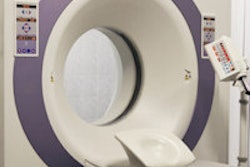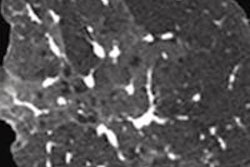Tuesday, December 2 | 11:50 a.m.-12:00 p.m. | SSG07-09 | Room S402AB
Another group from Massachusetts General Hospital will describe how its semiautomated 3D liver segmentation algorithm can accurately measure the volume of diseased livers.Diseased livers tend to vary greatly between patients in terms of image presence, shapes, and sizes; these factors can cause fully automated segmentation methods to produce unsatisfactory segmentations. Currently, manual contouring remains the major clinical procedure for segmenting diseased livers with pathologies, but this approach suffers from being labor-intensive, time-consuming, and prone to interoperator variability, according to presenter Wenli Cai, PhD.
"Motivated by the deformation transfer model, we proposed a semiautomated segmentation algorithm, called iterative mesh transformation, which deforms the liver mesh in a progressive manner by iterations between 3D mesh transformation and 2D contour optimization," Cai said.
The proposed iterative liver segmentation scheme was accurate and easy to use, and it reduces interaction requirements to as few as five user-identified landmarks, according to the group.
"It takes, on average, five minutes to segment a diseased liver, which is more efficient than most existing interactive and semiautomated liver segmentation methods," he said.




















